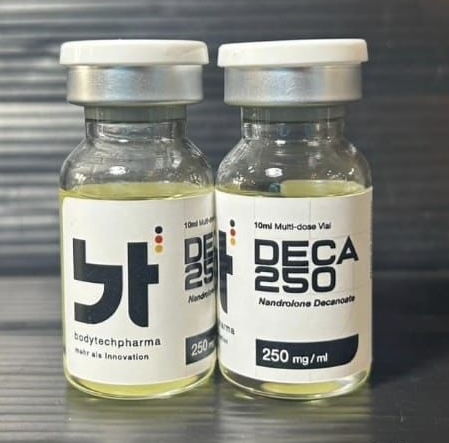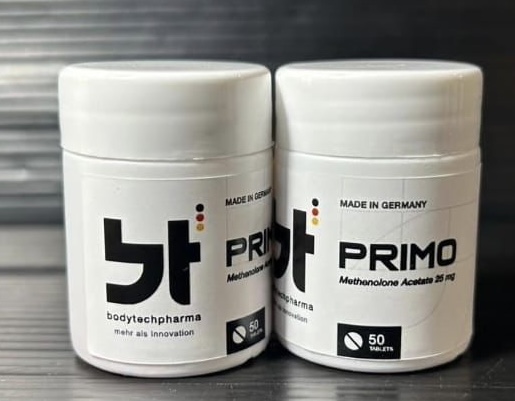
What are Esters?
Esters are fatty acids attached to steroid molecules to increase their therapeutic value when given by injection.
When we look at a steroid such as Testosterone Cypionate, the cypionate part is attached to the Testosterone containing the fatty acid. This attachment increases the lipophilic (fat-soluble) nature of the steroid hormone, as well as its partition coefficient. The partition coefficient measures how much a compound prefers to be in an oily environment instead of a more watery environment.
Generally, Testosterone has a low-level solubility in oil and a low partition coefficient, which allows it to be picked up quickly by the watery environment of the blood after injection. Therefore, it cannot offer much therapeutic value as it is out of the body too fast.
Esterified injectable steroids, however, are very different. The ester makes the Steroid dissolve poorly in water but well in oil. As a result, it gives the Steroid fat-like characteristics. After the Steroid injection occurs, its low affinity to dissolve in water will increase absorption time into the bloodstream. As a result, the injected properties of the Steroid can stay dormant for days or even weeks before the body fully utilizes it.
This process means fewer injections, more consistent hormone levels, and much greater therapeutic value for individual users. Esterification was a significant discovery in medical research and today continues to be the standard technology utilized with injectable steroid products.
Different Esters
Many different ester types exist, probably hundreds if you count those that never made it into steroid products.
As longer the ester (its carbon chain), the slower the Steroid will be released into the bloodstream. The larger the ester is, the larger the fatty acid percentage will be in your new (hormone + fatty acid) compound, and the more "fat-like" the new compound will be.
An Acetate compound, for example, is a short ester of only two carbon atoms and extends steroid release for only a couple of days. Its partition coefficient and oil solubility are fair but not dramatic. Acetate compound injections need two to three times administration a week to keep blood levels steady.
A Decanoate compound, on the other hand, is a long-chain ester with eleven carbon atoms and is capable of delivering its Steroid to the blood over a much more extended period, sometimes three weeks or more.
It has a high partition coefficient, and it is highly oil-soluble, making it slow-acting so that weekly or bi-weekly injections are only required.
Phenylpropionate, such as Durabolin, is slightly different. It contains nine carbon atoms, but not in the classic straight-chain you see with most esters. Its structure gives it a moderate level of oil solubility and extends steroid release only for few days longer than Acetate.
Each ester represents a different option concerning how fast-acting you the Steroid should be. What does this mean? It means that 100 milligrams of Testosterone in the form of Testosterone Propionate injected will circulate through the body within a few days.
By the time a third shot is due, possibly in the middle of the 2nd week of a cycle, your body would have about 200 milligrams of active Testosterone. The anabolic effects of this type of Testosterone become apparent quickly.
Taking the same 100 milligrams in the form of Testosterone Decanoate would take longer to circulate through the body. It means the effects of this type of Testosterone would take longer to "kick in." Therefore, a cycle with Testosterone Decanoate may start a little slower, but it will also last slightly longer than a cycle with Testosterone Propionate. After a few more shots during a cycle, the difference between release intervals of those different types of Testosterone becomes irrelevant.





